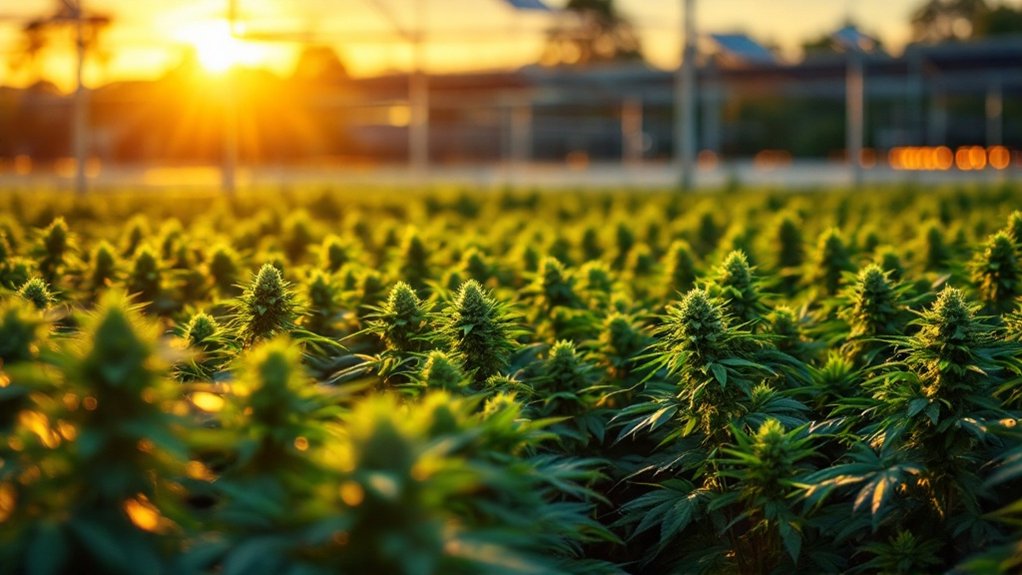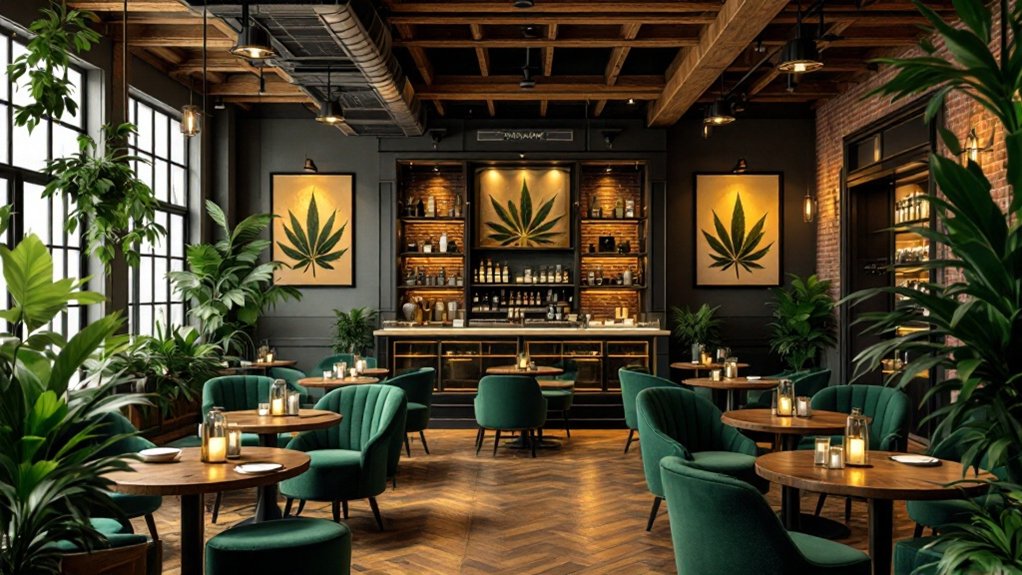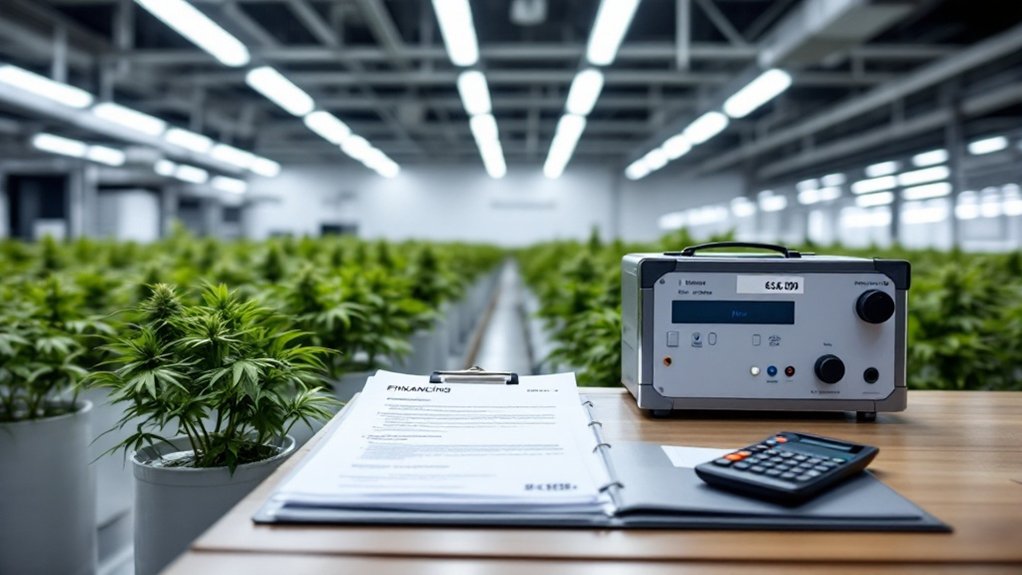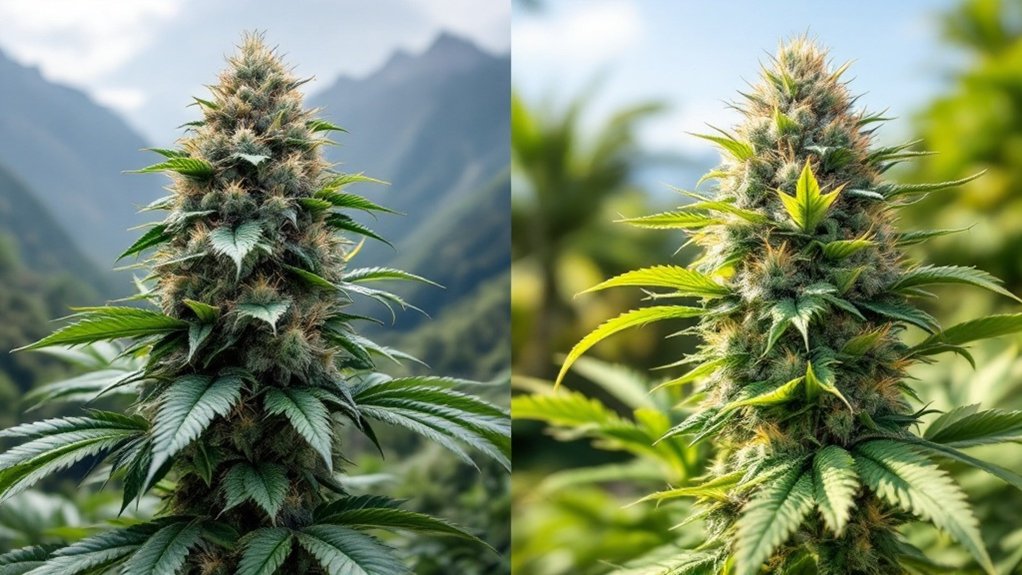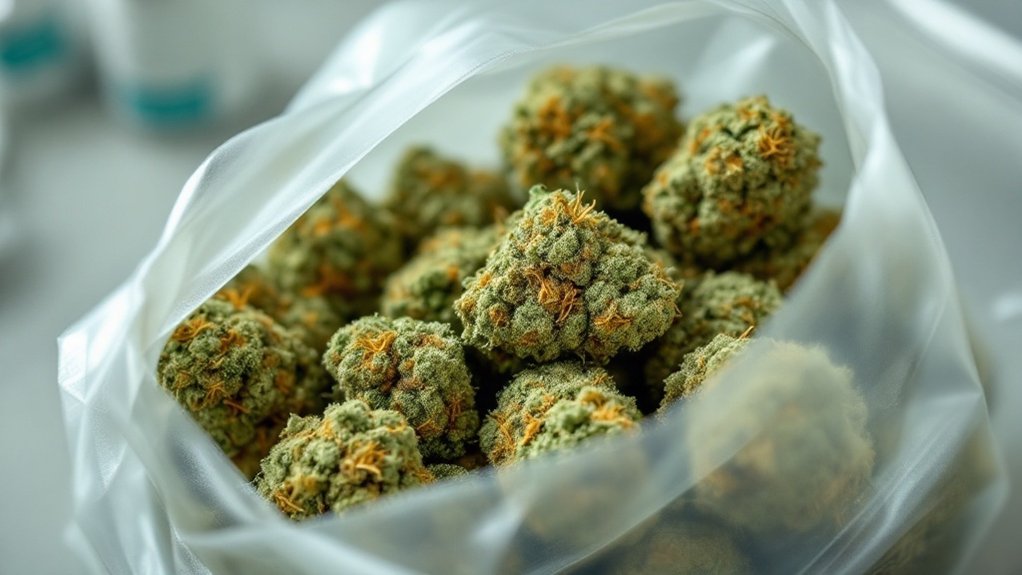Building a profitable cannabis farm requires significant initial investment, ranging from $117,500 for small operations to several million for large facilities. Success depends on strategic land acquisition, obtaining proper licenses ($10,000-$50,000), and investing in essential equipment including climate control and security systems ($30,000-$300,000). Ongoing expenses include agricultural inputs and labor costs, which typically account for 20-30% of operational expenses. Careful financial planning and regulatory compliance form the foundation for a sustainable cultivation business.
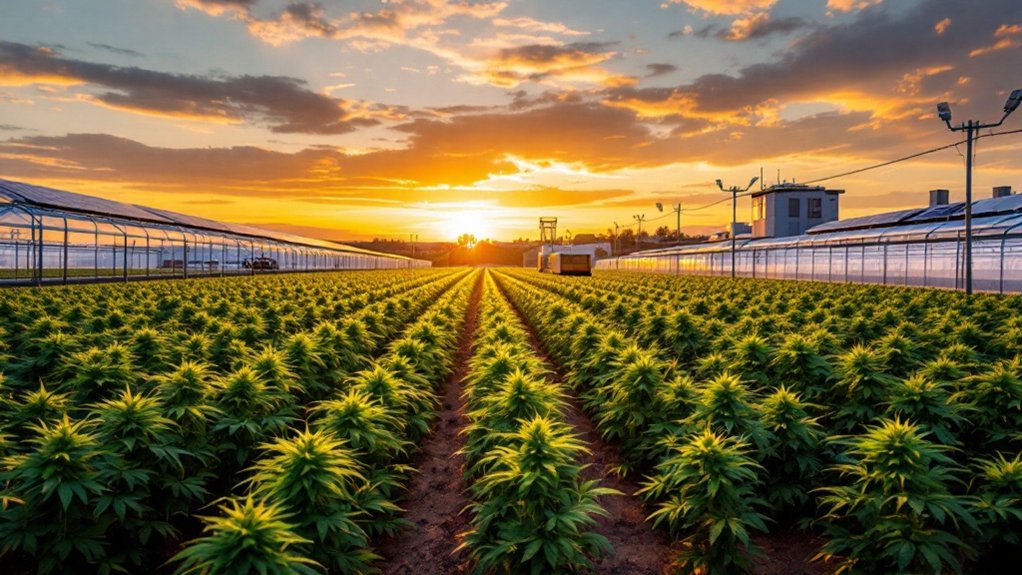
Launching a cannabis cultivation operation requires significant financial investment and careful planning across multiple domains. The initial expenditure varies considerably depending on the scale, ranging from approximately $117,500 for small-scale operations to between $1 million and $5 million for large commercial facilities. Most cannabis entrepreneurs report spending between $1,000 and $150,000 to begin their businesses, though small cultivation startups typically require around $500,000 to cover basic farming expenses. These figures reflect the extensive nature of cannabis farming, which demands attention to numerous financial considerations before breaking ground.
Land acquisition represents a substantial portion of startup costs, with prime agricultural property suitable for cannabis cultivation commanding between $50,000 and $500,000 depending on location and zoning requirements. Alternatively, leasing arrangements may cost $2,000-$4,000 monthly for small operations or $5,000-$10,000 for medium-scale facilities. The construction of appropriate grow facilities adds approximately $50,000 for small operations and $150,000 for medium-scale facilities. Climate, security, accessibility, and local regulations heavily influence location selection decisions.
Location is everything — prime cannabis cultivation land can range from $50,000 to $500,000, with facility construction adding another $50,000-$150,000 to startup costs.
Regulatory compliance constitutes another vital investment area. Cannabis cultivation licenses and related permits typically cost between $10,000 and $50,000, with small operations budgeting $10,000-$20,000 and medium operations allocating $25,000-$50,000. Legal consultation services average $5,000 for small operations and $10,000 for medium-scale businesses. Ongoing compliance requires consistent monitoring and documentation systems. Specialized cannabis attorneys providing legal and compliance expertise are an essential investment, typically costing between $5,000 and $20,000 for proper guidance through complex regulatory landscapes.
Equipment and technology represent significant expenditures in cannabis farming. Small operations need approximately $30,000 for basic equipment while medium-scale operations require around $100,000. Hydroponics systems and renewable energy infrastructure may cost between $150,000 and $300,000 for ideally efficient operations. Security systems add approximately $10,000 for small operations and $20,000 for medium-scale facilities. Many successful cannabis operations maintain an operational capital reserve between $100,000 and $250,000 to cover unforeseen expenses and ensure business continuity.
Agricultural inputs constitute ongoing expenses beyond initial setup costs. Farmers must budget approximately $5,000 for seeds or clones in small operations and $15,000 for medium facilities. Soil and nutrients require about $3,000 for small operations and $10,000 for medium facilities. Water management systems, energy-efficient lighting, and climate control technologies represent essential investments that reduce long-term operational expenses.
Labor typically accounts for 20-30% of overall startup costs, creating a significant ongoing expense category that successful cannabis farmers must carefully manage to maintain profitability.
Frequently Asked Questions
How Much Cannabis Can I Legally Grow in My State?
Legal cannabis cultivation limits vary greatly by state. Most states with legal recreational use permit 6 plants per adult with a 12-plant household maximum, though exceptions exist.
Missouri requires licensing for its 6-plant limit, while Montana allows only 4 plants per person. Nevada restricts recreational growing to locations 25+ miles from dispensaries.
Medical cultivation limits are typically more generous, with Nevada allowing 12 plants for qualifying patients. Local ordinances may impose additional restrictions despite state legality.
What Security Measures Are Required for Cannabis Farming Operations?
Cannabis farming operations require extensive security measures mandated by state regulations.
These typically include continuous video surveillance with 90-day footage retention, state-of-the-art intrusion detection systems covering all entry points, and strict access control measures that track personnel movement.
Camera systems must capture clear images in all cultivation, processing, and storage areas.
Regulatory compliance with state-specific requirements, such as those outlined by the Massachusetts Cannabis Control Commission, is essential for legal operation and prevention of theft.
How Do I Find Reliable Genetics Suppliers?
Finding reliable cannabis genetics suppliers requires research through established resources.
Cultivators can consult extensive databases like SeedFinder.eu, which catalogs nearly 2,000 breeders worldwide, or CannaConnection for detailed strain information.
DEA-approved suppliers such as Irvine Labs and Maridose LLC offer legal options with proper documentation.
Verification is essential; reputable sources provide transparent strain lineage data, germination rates, and grow reports.
Established seed banks like Archive Seed Bank and Exotic Genetix have proven track records for genetic stability.
Which Cannabis Strains Offer the Highest Profit Margins?
Cannabis strains with highest profit margins typically combine high potency with market desirability.
Premium exotic varieties like Permanent Marker, Handlebar, and Dulce command premium pricing due to their exceptional THC content and limited availability.
High-THC offerings such as Godfather OG (25-35% THC) and Kitchen Sink balance production costs with significant market demand.
Specialty strains with brand recognition, including Northern Lights and Jack Herer, maintain reliable margins through consistent consumer interest despite potentially lower THC percentages.
Can I Convert an Existing Farm to Cannabis Production?
Existing farms can be converted to cannabis production with proper evaluation of structural capacity, power requirements, and regulatory compliance.
The conversion necessitates changing occupancy classification with local building authorities and ensuring compliance with current codes. Buildings must be assessed for roof load capacity, adequate power supply for cultivation equipment, and proper exit configurations.
Financial analysis should determine if potential revenue justifies licensing and retrofitting costs, particularly considering market conditions and potential oversupply issues in the target region.
